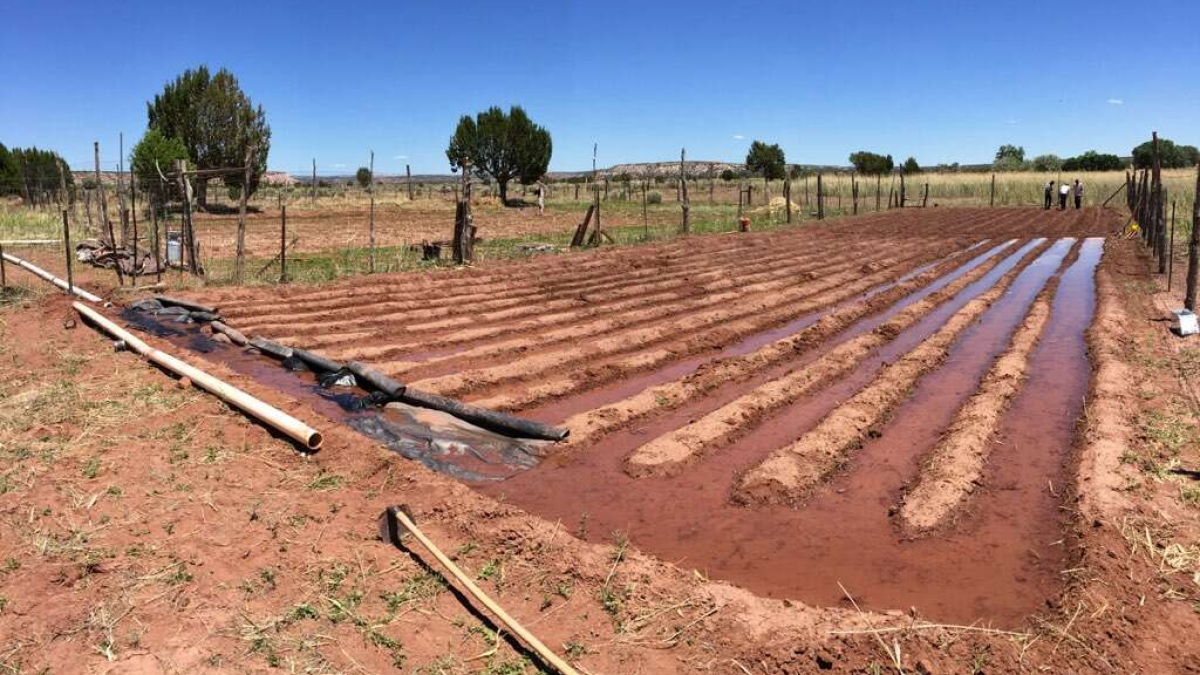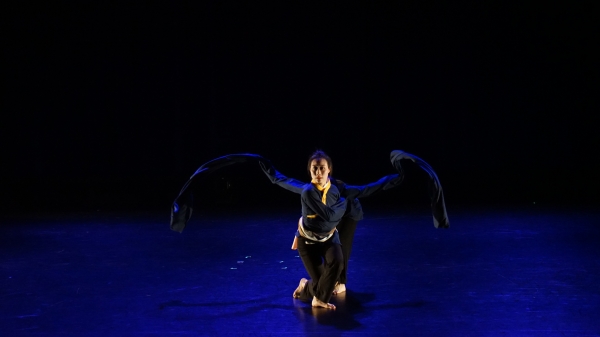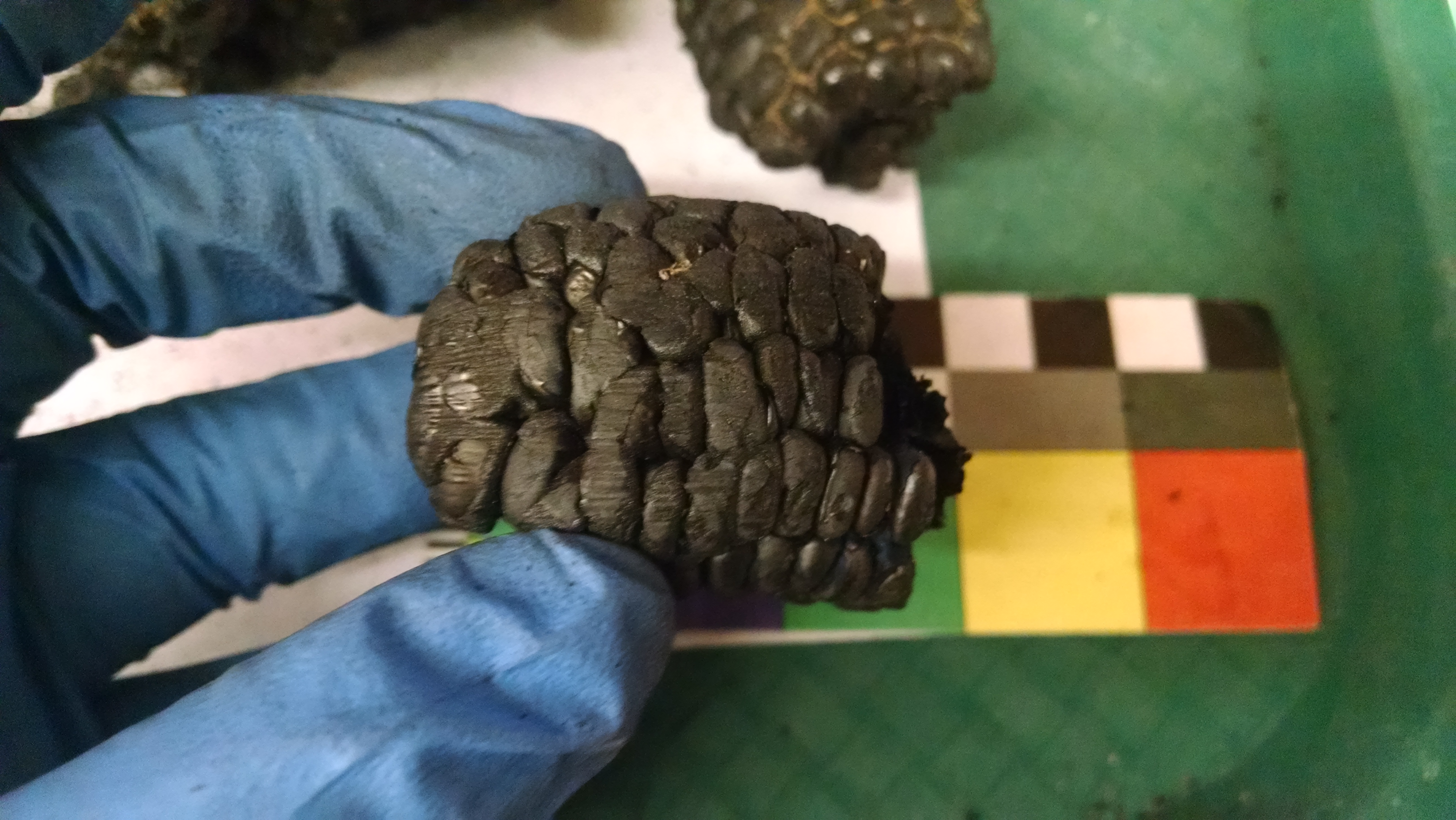Foodways provide an intimate look into ancient daily life
ASU postdoc analyzes 100 years' worth of data in a new way

Flaky, crispy, paper-thin bread. Primarily made from blue corn flour, juniper tree ash and water, piki is maize flatbread and a staple of traditional Hopi cuisine.
As people in what is now the southwestern U.S. went from living in small family units to larger villages and towns during the 13th and 14th centuries, women spent more time cooking more piki for more people. It is a telling example of the link between foodways and social transformation in the Cibola region during the time period, according to award-winning research by Arizona State University researcher Sarah Oas.
The Cibola region spans the border of Arizona and New Mexico, including the Zuni Pueblo. It underwent rapid social change at about A.D. 1275, as people moved into more densely populated communities, migrated over long distances and began adopting new ideologies and religious beliefs.
Oas’ research explored the influence of this transformation on foodways — a broad term used to describe everything related to food, including growing, storing, preparing, cooking, eating and discarding it. She also investigated how foodways themselves influenced social transformation. Her approach combined multiple methodologies, analyzing archaeological collections and integrating existing studies of the Southwest.
Her work shows how individuals experience social transformation in different ways through their relationship with food. Oas was one of only two recipients of the 2020 Society for American Archaeology Dissertation Award for outstanding contributions to archaeology. Oas is now a postdoctoral research associate at ASU’s School of Human Evolution and Social Change after completing her PhD at the school.
Associate Professor Matthew Peeples, a member of Oas’ dissertation committee, said her research demonstrated how scholars can study existing archaeological collections using a comprehensive approach. “She gathered 80 to 100 years of existing data and records and analyzed it in a way that hadn’t been done before,” he said.
Oas studied the wear of kitchen instruments and the size of jars and vessels. She assessed studies of botanical remains in domestic hearths and traces of animal husbandry. She also cross-referenced ethnographic records and historical accounts of Zuni meals and recipes.
For a contemporary perspective, Oas interviewed Zuni cooks, farmers and gardeners. She also worked on a Zuni agricultural field growing maize and beans to better understand what food production may have been like for Zuni ancestors.
Oas holds a carbonized cob fragment, examining how corn was being grown and stored. The cob was excavated by the Museum of Northern Arizona from site NA 11,527, a small stone pueblo near the Pueblo of Zuni. Oas says the pueblo likely housed an extended family and was occupied between 1250 and 1275 AD. Photo courtesy of Sarah Oas, photographed with permission from the Museum of Northern Arizona.
By combining these research approaches, Oas found studying foodways provides a more comprehensive political and social view of a time period, as opposed to focusing only on economic or environmental aspects. For example, by examining food production studies alongside food serving and feasting studies, she found that ancestral Zuni communities thrived through times of social transformation.
“Oas’ innovative analysis provides key insights into the transformative changes implicated in the development of the modern Zuni tribal identity,” said Professor Emeritus Keith Kintigh, who co-chaired the dissertation committee.
While her research focused on the 13th and 14th centuries, Oas recognizes challenges in the modern American relationship with food. “We’ve lost a lot of our food culture,” she said. “Generally speaking, in America, the pace of life is fast. There’s a focus on work, and with that comes a loss of community and family connection through food.”
Oas continues to study foods and societies as a postdoctoral research associate at ASU. She is working with Peeples and a small team to research how food technologies change over time.
Top photo: A traditional spring-fed farming area owned by Zuni tribal member Jim Enote. Photo courtesy of Sarah Oas.
More Arts, humanities and education

Sociology student passionate about preventing domestic and gender-based violence
Editor’s note: This story is part of a series of profiles of notable spring 2024 graduates. With so many diverse career options available to students, uncovering individual passions and ambitions is…

ASU Wind Symphony’s performance at regional conference motivates, inspires
ASU Wind Symphony students describe their recent performance at the College Band Directors National Association, or CBDNA, Regional Conference in Las Vegas and the journey that led them there as “…

Spring Dance Fest features guest artists, student choreographers
The School of Music, Dance and Theatre will premiere two new works by guest artists Michele Byrd-McPhee and Frankie Martinez at this year’s Spring Dance Fest. Arizona State University students will…
